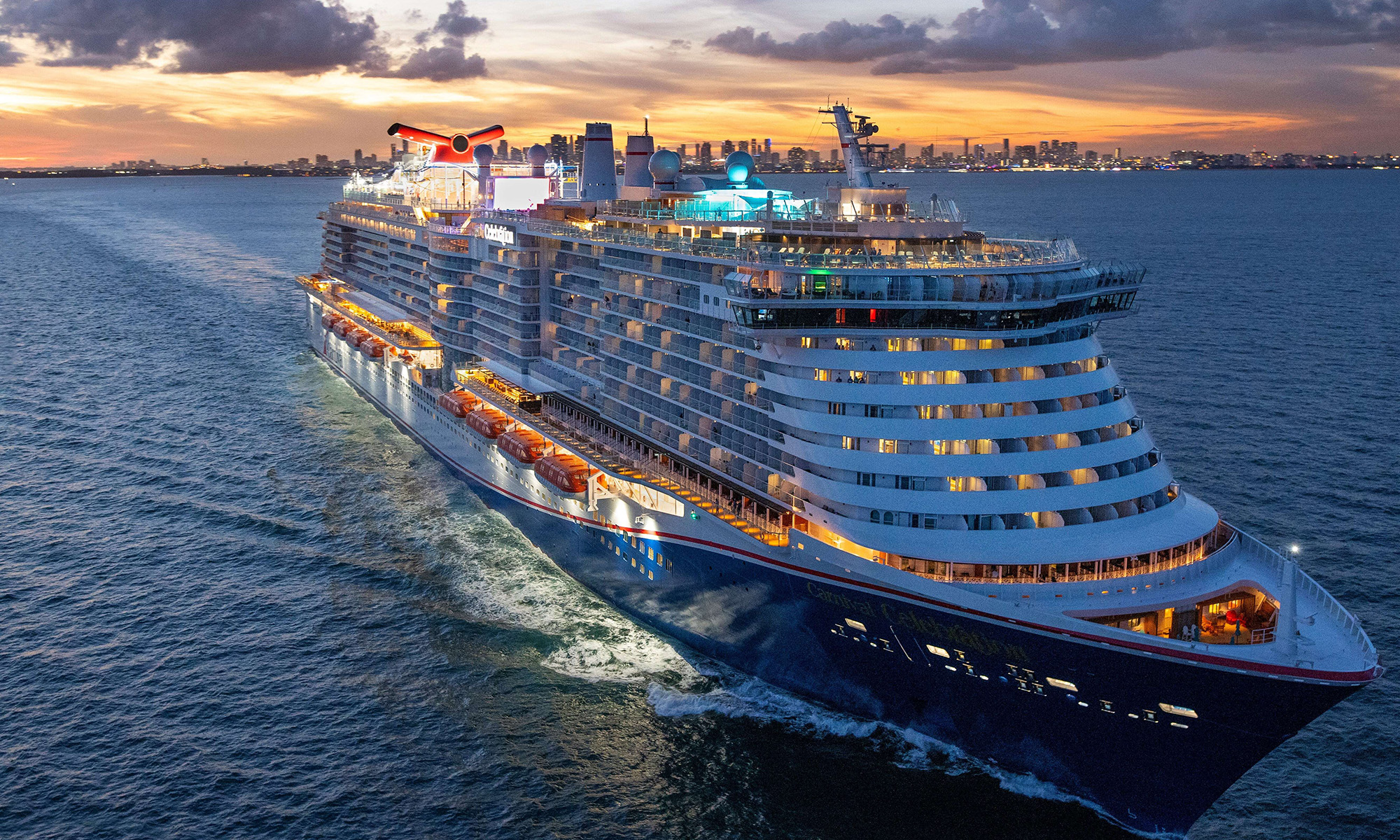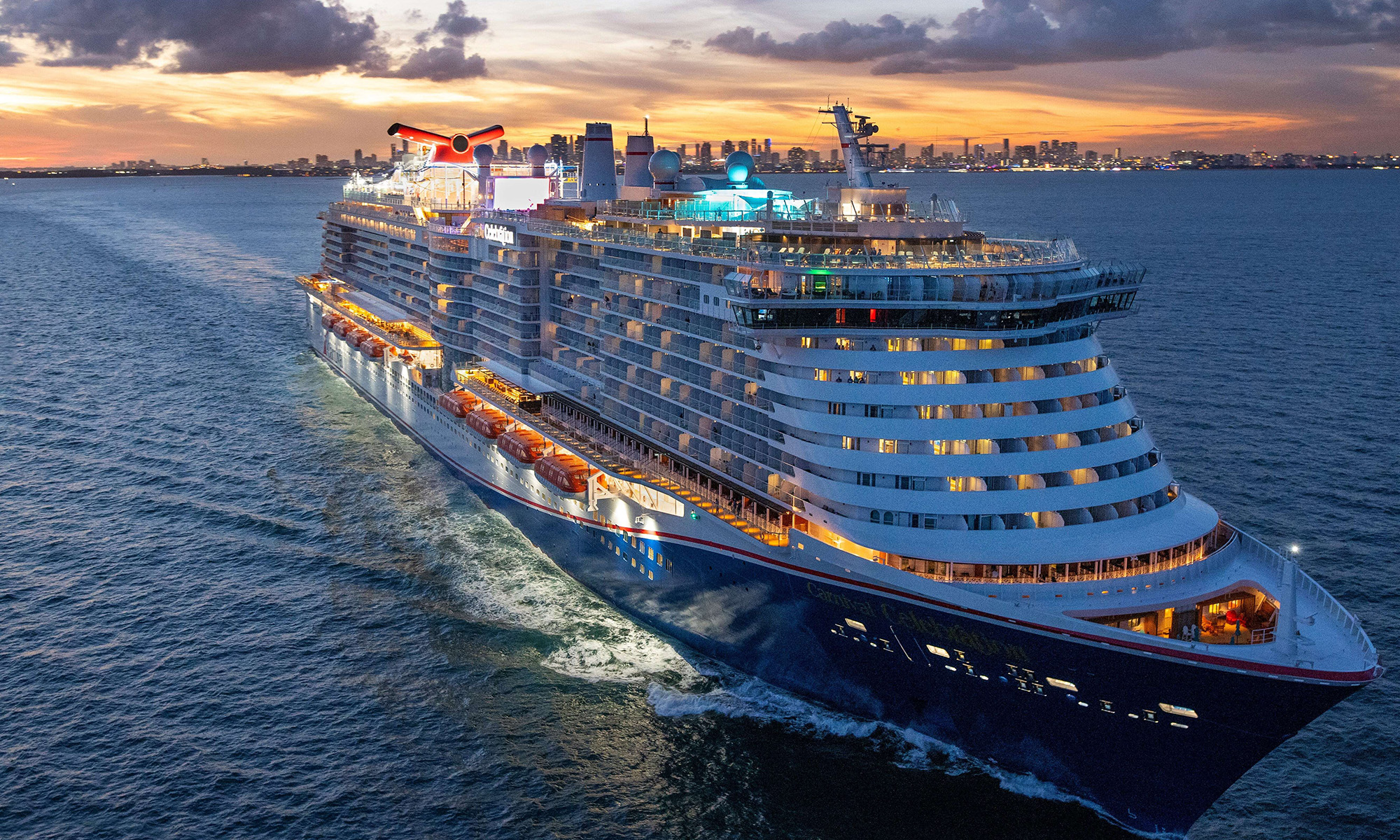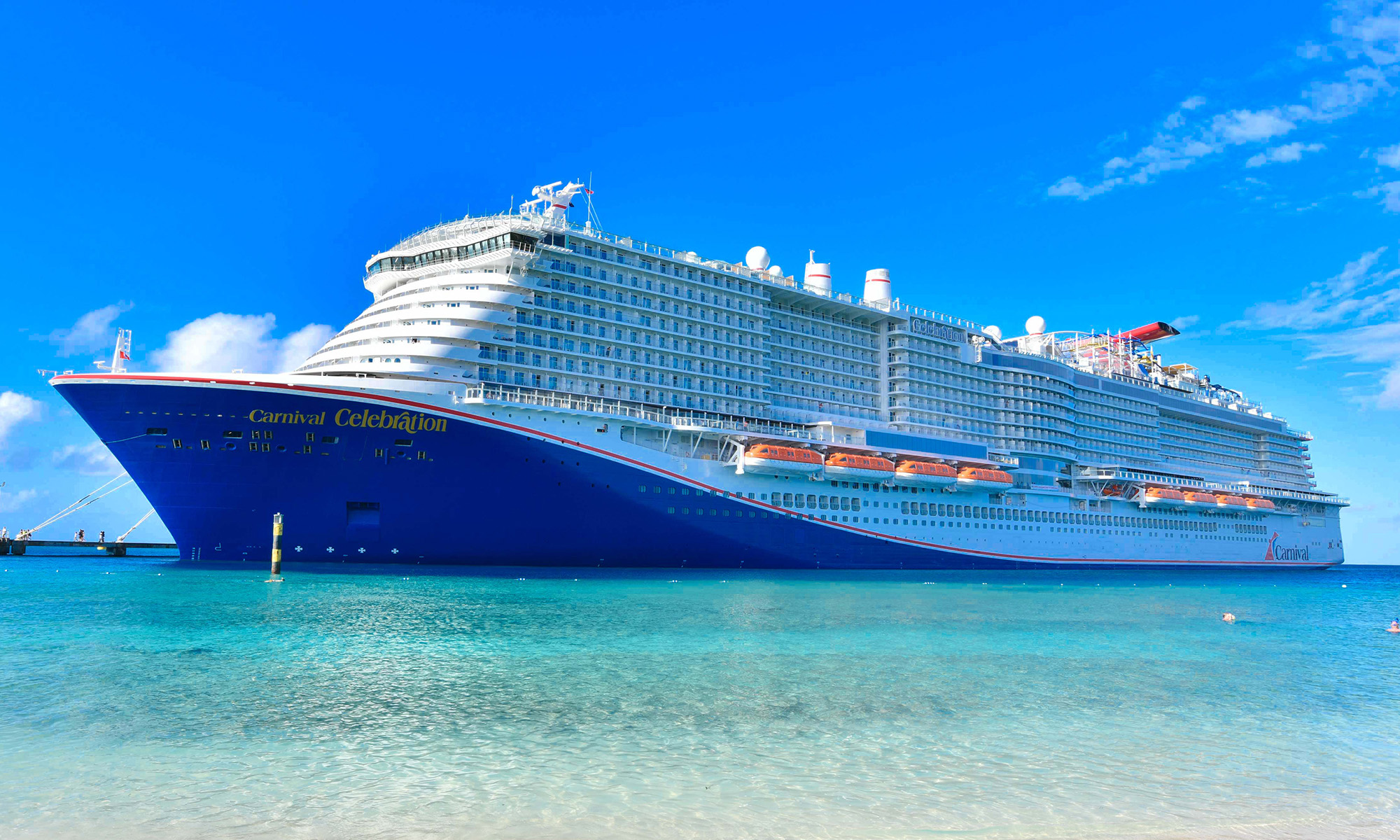Carnival (CCL 1.29%), the world's largest cruise-line operator, was in dire straits five years ago. As the pandemic disrupted global travel and tourism, it was forced to idle its ships, take on billions of dollars in debt at high interest rates, and issue more shares to stay solvent.
In April 2020, Carnival's stock sank below $8 a share. That was a near 90% drop from its record high in January 2018 and marked its lowest closing price since the Black Monday Crash of 1987. After the pandemic passed, however, its growth accelerated again, and its stock now trades at nearly $30 per share.
Some investors might think it's time to take some profits after that rebound. However, I think Carnival is still a great stock to buy for five simple reasons.

Image source: Getty Images.
1. Carnival's growth rates are normalizing
In fiscal 2020 and fiscal 2021 (which ended in November 2021), Carnival's total number of passengers plummeted as the pandemic spread. It initially idled many of its ships to maintain a high occupancy percentage across its remaining vessels in fiscal 2020, but that strategy fell apart in fiscal 2021 as those ships failed to attract enough passengers.
|
Metric |
FY 2019 |
FY 2020 |
FY 2021 |
FY 2022 |
FY 2023 |
FY 2024 |
1H 2025 |
|---|---|---|---|---|---|---|---|
|
"Passengers carried" growth |
4% |
(73%) |
(65%) |
542% |
62% |
8% |
3% |
|
Occupancy percentage |
107% |
101% |
56% |
75% |
100% |
105% |
104% |
|
Revenue growth |
10% |
(73%) |
(66%) |
538% |
77% |
16% |
9% |
Data source: Carnival. Year-over-year growth.
Over the following three-and-a-half years, Carnival gained more passengers again as the pandemic passed, and its occupancy percentage climbed back above 100%.
2. Carnival has plenty of irons in the fire
For fiscal 2025, analysts expect Carnival's revenue to rise 6% to $26.5 billion. It expects that growth to be driven by its higher average fares, increased onboard spending, and cruises to its new Celebration Key destinations in the Bahamas.
From fiscal 2024 to fiscal 2027, analysts expect the company's revenue to grow at a compound annual growth rate (CAGR) of 5% as it enters more Asian markets, digitizes more of its onboard services to drive its onboard spending, and gradually expands its fleet. It had 94 ships serving more than 800 ports at the end of fiscal 2024 and aims to add 10 more ships to that fleet by fiscal 2028.

NYSE: CCL
Key Data Points
3. Carnival's margins are improving
Carnival turned unprofitable in fiscal 2019, and its bottom line stayed in the red through fiscal 2023. But in fiscal 2024, it turned profitable again as its higher fares, lower fuel costs, better operational efficiencies across its newer liquid natural gas (LNG) high-capacity ships, and lower interest payments on its declining debt boosted its net profit margins.
On a generally accepted accounting principles (GAAP) basis, analysts expect Carnival's earnings per share (EPS) to grow at a CAGR of 22%. They also expect its adjusted earnings before interest, taxes, depreciation, and amortization (EBITDA) to increase at a CAGR of 8%.
4. It's still trading at low valuations
At its current price of $30 with an enterprise value of $64 billion, Carnival's stock trades at just 13x and 8x, respectively, of next year's earnings and adjusted EBITDA. That makes it look dirt cheap, compared to its rival Royal Caribbean (RCL +0.63%), which trades at a respective 18x and 4x next year's earnings and adjusted EBITDA.
5. Carnival is gradually reducing its debt
Carnival still trades at a discount to Royal Caribbean because it's shouldering more debt. To stay solvent during the pandemic, Carnival nearly tripled its total debt from $11.5 billion at the end of fiscal 2019 to $33.2 billion at the end of fiscal 2021.
The company reduced that figure to $27.3 billion at the end of the second quarter of fiscal 2025 as its business recovered, but that's still a lot higher than Royal Caribbean's total debt of $19 billion in its latest quarter. That might make Carnival seem like a wobbly investment, but it aims to significantly reduce its debt with prepayments. It's also reducing its interest payments with refinancing strategies.
Carnival's net debt-to-EBITDA ratio of 3.7x at the end of the second quarter is still high but down sequentially from its ratio of 4.1x in the first quarter. Those gradual improvements should make its stock more appealing and justify a higher valuation.
Carnival stock is a good value play in a frothy market
With the S&P 500 hovering near its all-time high, investors should focus on value stocks instead of chasing the high-growth darlings. Carnival isn't an exciting stock, but the company is growing at a steady clip and still trades at low valuations. That makes it a great stock to accumulate before it attracts more attention as a safe-haven play.






